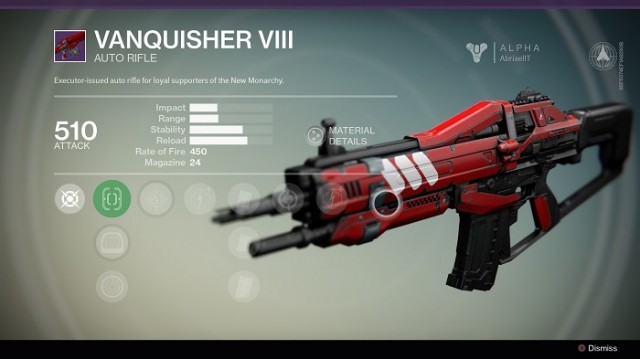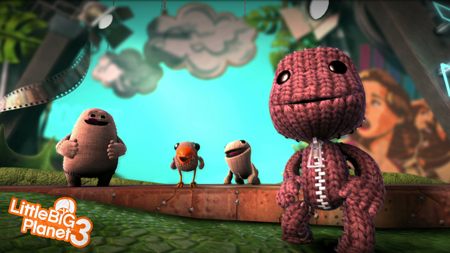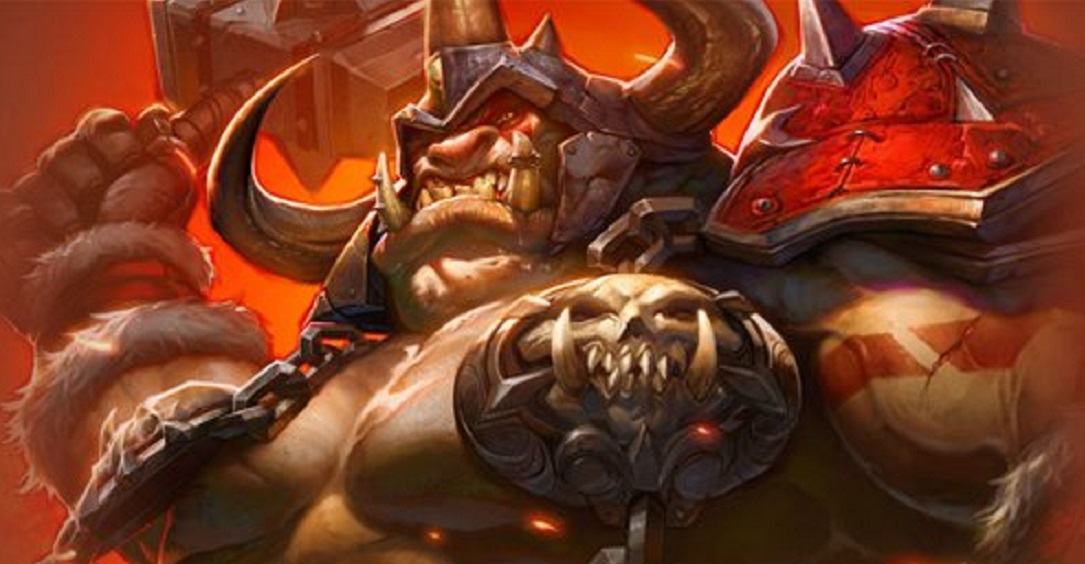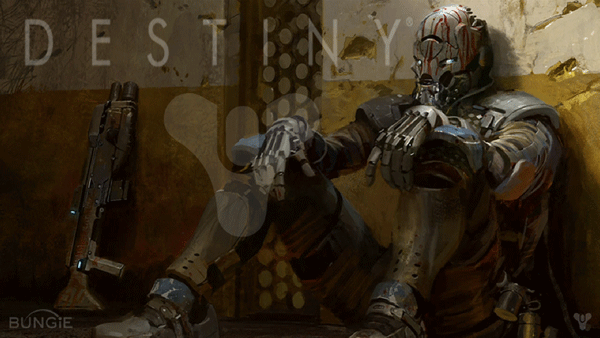April of 1990, they held a contest internally among development teams in an effort to create a game to define the company. Sega's AM8 development studio (later renamed to Sonic Team) decided that the game should be fast, but simple to control. Many design ideas were tossed around - a bulldog, a rabbit that picked objects up with his ears - but the decision came down to the act of the character rolling in to a ball and down hills to gain speed. It eventually came down to a hedgehog or an armadillo - and in the end, the hedgehog won out. Initially called "Mr. Hedgehog" internally, he was later renamed as Sonic the Hedgehog, becoming the flagship mascot for parent company Sega.
Sonic is Sega answer to Nintendo's series of Super Mario Bros. games, Sonic the Hedgehog created a blue, spike-haired mascot for the company and propelled the Genesis ahead of the Super NES during the highly competitive Christmas season of 1991. Players guide the running, jumping, spinning, enemy-pouncing title character through six colorful, beautifully illustrated zones (including the Spring Yard Zone and the Labyrinth Zone), zipping through them with reckless abandon, or exploring them a little more slowly in hopes of finding hidden rings, lives, power sneakers, and other goodies.
Sonic the Hedgehog game developed by Sonic Team and published by Sega for the Mega Drive/Genesis system. It is the inaugural game in Sega's flagship Sonic the Hedgehog video game series, and was the first title developed by Sonic Team. It was first released on June 23, 1991 in North America, and the same day in Europe. The Japanese Mega Drive version was released on July 26, 1991. It is sometimes retroactively referred to as Sonic the Hedgehog 1 or Sonic 1 to differentiate it from both its main character and sequels in the same series.
Sonic the Hedgehog added the element of speed to the standard platform formula and introduced other unique elements as well, such as the loops, springboards, high-speed devices, and the rings now permanently associated with the game series.
Sonic first appearance in the video game world was in the platform game Sonic the Hedgehog (sometimes referred to simply as Sonic 1) for the Sega Mega Drive/Genesis, which also introduced his nemesis Dr. Robotnik (named Dr. Eggman in Japan, and, since Sonic Adventure, also in the West). His two-tailed fox friend Miles "Tails" Prower joined him in the game's 1992 sequel Sonic 2. Sonic CD, released in 1993, introduced Sonic's self-proclaimed girlfriend Amy Rose and his robotic doppelg鋘ger Metal Sonic (not to be confused with Mecha Sonic an alternate model made later by Dr. Robotnik) as Sonic traveled through time to ensure a good future for the world. Sonic the Hedgehog 3 and its direct sequel Sonic and Knuckles, both released in 1994, saw Sonic and Tails battle Dr. Robotnik again, with the additional threat of Knuckles the Echidna, tricked by Robotnik into thinking Sonic was a threat to his home.
According to various official materials from Sega, Sonic is described as a character which is "like the wind" between the arcade: a drifter who lives as he wants, and makes life a series of events and adventures. Sonic hates oppression and staunchly defends freedom. Although he is mostly easy-going he has a short temper and is often impatient with slower things. Sonic is a habitual daredevil who is honest, loyal to friends, keeps his promises, and dislikes tears. He took the young Tails under his wing like a little brother, but is uninterested in the marital proposals from Amy Rose. He also uses sonic flash when helping people. In times of crisis, he focuses intensely on the challenge as if his personality had undergone an astonishing change.
Sonic from the most of ultimate games can educate children to think about the kindness for helping other people. They can play games online with their friends without any violence. It抯 safety. That抯 why sonic becomes a mascot for better game.






 How to Achieve LittleBigPlanet 3 PS4 Trophies
How to Achieve LittleBigPlanet 3 PS4 Trophies Hearthstone Blackrock Mountain Guide: Defeating Highlord Omokk
Hearthstone Blackrock Mountain Guide: Defeating Highlord Omokk Call of Duty: Advanced Warfare Wiki – Everything you need to know about the game .
Call of Duty: Advanced Warfare Wiki – Everything you need to know about the game . How to get tremendous rewards for Destiny through Cheat Codes for PlayStation and Xbox
How to get tremendous rewards for Destiny through Cheat Codes for PlayStation and Xbox 5 Reasons Why Link Should be a Woman
5 Reasons Why Link Should be a Woman